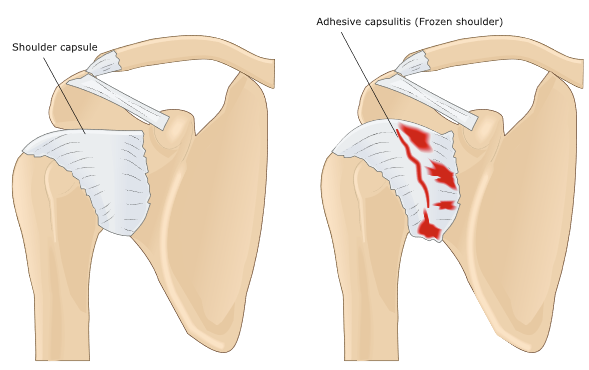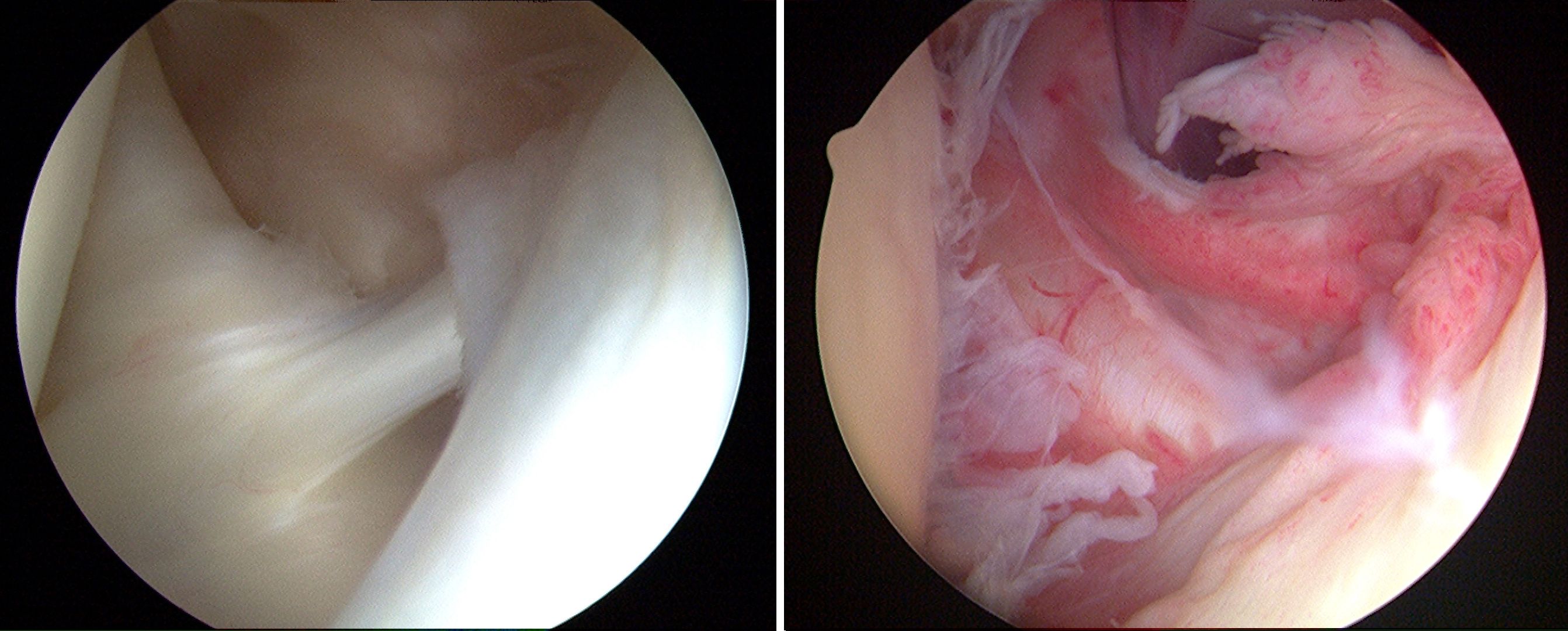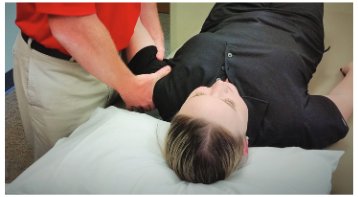nalco group
bone, muscle & joint pain physio
BOOK NOW / WHATSAPP ABOUT YOUR PAIN OR INJURY
- ORCHARD 400 Orchard Road #12-12 Singapore 238875
- TAMPINES 9 Tampines Grande #01-20 Singapore 528735
- SERANGOON 265 Serangoon Central Drive #04-269 Singapore 550265
Home > Blog > Physiotherapy > Conditions > Shoulder Pain > Left Shoulder Pain > Frozen Shoulder Physiotherapy Treatment
Frozen Shoulder Physiotherapy Treatment

Frozen shoulder physiotherapy treatment main goals are to
- reduce shoulder pain
- reduce shoulder joint stiffness and tightness
caused by tightness in the joint capsule.
Shoulder
movement is often
greatly restricted and patients with frozen shoulders typically
experience pain that is ongoing, constant and severe, particularly at
night (this of course, creates poor rest and disrupts their life)
The cause of this tightness is often unclear but may be associated with known or unknown injury or illness. Patients also typically experience disruption to their normal daily activities such as
- dressing
- toileting
- opening/closing doors or things
- use of computer
- reaching
- driving
- and more
Unfortunately, about 3% of the population will suffer from a frozen shoulder at some point in their lives, and to make it worse, it has a "natural two years healing period" which has two meanings:
- it'd naturally recover in 2 years by itself, which many patients
are very happy with, thinking that they can either wait it through
since it'd recover in 2 years....but...
- ...many patients don't see that our human body including our muscles, tendons, joints etc are organic and biological. It's not a machine. If we don't use our shoulder joint, or severely limit it for a few weeks (not to mention months and 2 years), the structures in the shoulder joint can permanently atrophy (shrink) and this can permanently restrict shoulder use, function and pain.
In this article, we will discuss and cover more on
- what happens inside the shoulder joint
- the causes and symptoms
- the best frozen shoulder treatment options
and more - read more below.
first of all...What Is A Frozen Shoulder?

Our shoulder joint is a ball and socket joint - to visualize, form a shallow "C" with your left hand, and then your right hand, make it into a fist and flex it forwards. Then place the flexed fist into the "C" left hand, and that's generally what your right shoulder bones would look like.
The "ball" part of the shoulder joint is formed by the top of your humerus (arm bone) and sits in a shallow socket formed by part of the shoulder blade known as the glenoid fossa.
Surrounding
the joint is a loose sac known as the joint capsule which is filled with a specific
fluid that helps to lubricate the joint (keeping it moist and healthy). This joint capsule is a very elastic structure which allows a very large range of movement of your
shoulder.
What happens with a frozen shoulder is that the joint capsule becomes thicker and thicker, and eventually thickened and stiff, scar tissue forms and as the capsule tightens up, and this causes the patient's shoulder movement to become harder and more and more restricted.
The medical term for a frozen shoulder is "adhesive capsulitis".
what are the most common causes of my Frozen Shoulder?
Typically in most cases, adhesive capsulitis happens entirely out of the
blue, with no direct and clear cause. That being said, there are some possible predisposing risks and factors:
Injury:
Frozen shoulder may develop after a shoulder injury, even a seeminly minor one
Surgery:
Some of our patients seem to report that they developed their frozen shoulder after lung or breast surgery
Medical Conditions:
Frozen shoulders are more common in people who suffer from
- diabetes
- heart disease
- stroke
- overactive thyroid
- rheumatoid arthritis or
- lung disease
Age & Gender:
Adhesive capsulitis is most common between the ages of 40-70 and is more prevalent in women. Indeed 70% of cases affect women aged 40-60
Frozen Shoulder Symptoms

Left: Normal Shoulder; Right: Frozen Shoulder
Frozen shoulder symptoms tends to develop gradually, and over time, it'd get progressively
worse. The main symptoms of adhesive capsulitis are pain and stiffness.
A frozen shoulder typically goes through three phases:
Phase 1: Freezing Phase (6 weeks to 9 months)
This is the pain, pain and more pain phase unfortunately. Pain is the primary symptom here, particularly with any forms of arm movements (even the slightest flickers) and seems more prevalent at night or rest time.
The frozen shoulder pain gets progressively worse over time and the
shoulder gradually stiffens and movement becomes limited. This phase
usually lasts anywhere from 6 weeks to 9 months.
Phase 2: Frozen Phase (4 months to 12 months)
Stiffness is the primary symptom here, and shoulder movement may only be around 40-50% when compared to the other arm.
Over time, the frozen shoulder pain gradually reduces during this phase but the stiffness tends to stay and may even get worse.
This phase
may last typically between 4 months to 12 months. Frozen shoulder physiotherapy treatment is the be most effective
during this phase as the pain settles decreases and to deal with the increasing stiffness.
Phase 3: "Thawing"/Recovery Phase
Fortunately, frozen shoulder symptoms will gradually decrease and patients typically should regain full (or almost full) range of motion at your shoulder with little or no pain.
This phase can take between 6 and 36 months (yes up to 3 years!).
Adhesive capsulitis tends to develop in your non-dominant hand i.e.
- if you are right
handed, you are more likely to develop a frozen shoulder in your left shoulder and
- if you're left handed, it tends to affect your right shoulder
It tends to only affects one shoulder, but in 20% of cases (that's 1 out of 5 patients!), people go on to develop adhesive capsulitis in their other arm.
Diagnosis
A frozen shoulder can usually be diagnosed by your doctor or by our senior physical therapists.
We will look at the range of movement at your shoulder as you actively move your shoulder and arm (this is termed as active movement) and then we will compare it to how much they can move your arm while they support its weight (this is termed as passive movement).
In many cases of shoulder pain, passive
movement is much larger and greater than active movement as the weight of
the arm is supported and the muscles aren’t doing any of the work.
But in the case of frozen shoulder, the frozen shoulder active and passive will be very similar
as the movement is restricted by the tight joint capsule.
Frozen Shoulder Treatment
Left untreated, adhesive capsulitis normally resolves after around two to max three years.
Good and early frozen shoulder treatment will help to reduce both pain and restriction as well as accelerate the the recovery process. Frozen shoulder treatment will depend on the severity of your condition and what phase you are in.
Phase 1
This is the most painful frozen shoulder phase so frozen shoulder physiotherapy treatment will focus on controlling the pain.
Please note that it is very, very important that you keep moving and using the arm to prevent further stiffness developing but without further aggravating or irritating your shoulder.
Phase 2 & 3
During this phase, as the frozen shoulder pain starts to ease, shoulder physiotherapy treatment focuses on regaining range of movement and strength.
Frozen Shoulder Treatments
1) Painkillers
It is very important to get frozen shoulder pain controlled, and to keep the shoulder pain at bay and the patient in as much comfort and control as possible, to:
- allow patients to rest and sleep
- allow patients to participate in other aspects of life
- allow patient to start frozen shoulder physiotherapy
But of course, you should always consult and be directed by your doctor before taking any types of medications.
2) Injections
Direct corticosteroid injections can help to reduce the pain and irritation inside the shoulder joint.
Yeah, we know that injections won’t cure the problem in the long run, but today and now, they can help to reduce the symptoms for a few weeks or months which can be a welcome relief.
Use electric heat pads or cold packs can help to reduce the pain associated
with adhesive capsulitis. Different people have different preferences - some seem to prefer heat, some seem to prefer ice – see
which works best for you.
4) Shoulder Physiotherapy

Physical therapy for frozen shoulder depends pretty much on which phase you are in.
Phase 1
During phase one we will focus on gentle exercises to maintain your range of movement and to help prevent the shoulder joint stiffness from getting worse, without pushing into the areas of experiencing pain.
These shoulder exercises should be done at least 3-4 times every day. In some cases, patients may
also be given a TENS machine (transcutaneous electric nerve simulator)
which sends small electric pulses into your tissues, to help decrease pain frequency and intensity.
Phase 2
In phase two, physiotherapy for frozen shoulder will concentrate mainly on improving and gaining range of movement in the shoulder joint.
During this phase, the main issue will be the increasing shoulder stiffness and the shoulder pain should start to taper off so our senior physiotherapists will definitely help you to push your shoulder movements gradually more with a range of exercises. It is important to keep doing these exercises 2-3 times daily.
We may also perform joint mobilisations and stretches, where they stretch, glide and move your shoulder to help improve and gain additional shoulder movement.
Sometimes these may be uncomfortable
at the point in time, but any shoulder discomfort should be very short term and will ease off after a few minutes.
Phase 3
During phase 3 you will continue with your daily exercise programme gradually aiming to regain more and more movement of your shoulder.
Our senior physiotherapists will provide a lot of hands on shoulder physiotherapy on top of giving you some shoulder exercises to increase both the movement and strength in your shoulder.
You should keep going with these until you have made a full recovery.
I know, I know...it is really tempting to stop doing exercises
when you feel around 80% better, but if you keep going, you should
regain that last 20% much faster (always aim for 100%!)
Patients may also receive the following physiotherapy treatment modalities:
- cold therapy
- heat therapy
- moist heat paraffin wax therapy
- radio-frequency Indiba physiotherapy to accelerate soft tissue healing
- joint mobilization
- stretching exercises
- strengthening exercises
- scar management
- hands on manipulation and mobilization (manual therapy)
- soft tissue management
- heat therapy and heat treatment and heat pack to relief tight muscles and joints
- ultrasound therapy to accelerate soft tissue healing
- exercise therapy
- acupuncture and/or dry needling
- deep tissue release
- and more
5) Acupuncture
Acupuncture is becoming more and more popular as a frozen shoulder treatment as it can really help to reduce the pain associated with adhesive capsulitis.
We recommend that patients combine their acupuncture sessions with shoulder physiotherapy for
maximum benefit.
Note of caution: Acupuncture should only be carried out by a licensed professional
6) Frozen Shoulder Surgery
If your symptoms are severe and aren’t improving after approximately six months, your orthopedic doctor may recommend surgery (if you don't know who to see, get in touch with us, we'll be happy to share with you our medical network).
The most common frozen shoulder surgical options are:
- Arthroscopic Capsular Release: keyhole surgery with a general anaesthetic (so you are asleep) to cut through tight or scarred tissues to release the capsule
- Arthroscopic Hydrodilatation: keyhole surgery under local anaesthetic (so you are awake) where the joint is injected with a mixture of sterile saline, local anaesthetic and steroid. This fills and stretches the joint, breaking down the scar tissue
- MUA (Manipulation Under Anaesthetic): where you are put to sleep and an orthopaedic surgeon moves your shoulder in a controlled way to stretch the tight joint capsule
Whatever surgery you have it is very very important that you receive by intensive and consistent shoulder physiotherapy for frozen shoulder so that you maintain and regain shoulder movement.
References
